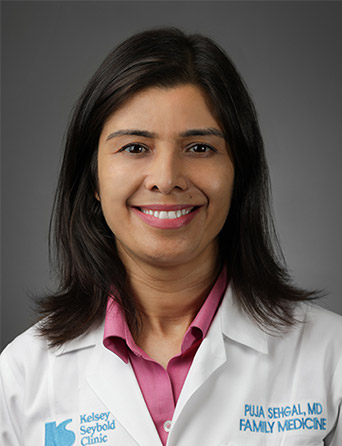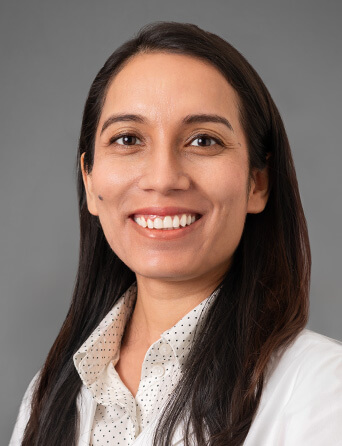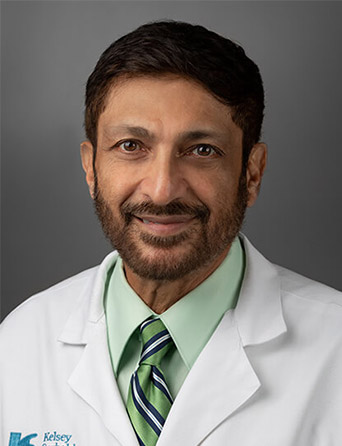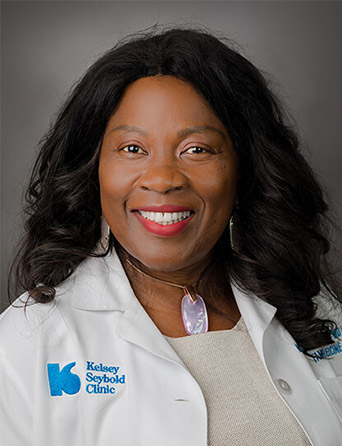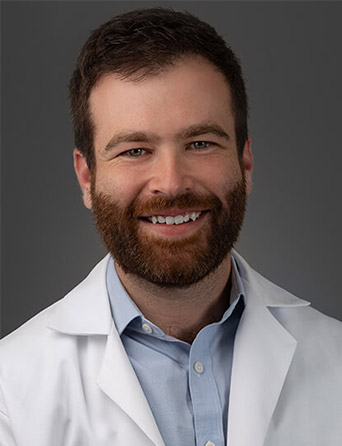Join Our eNewsletter!
Subscribe to our monthly newsletter to receive encouraging advice to help you lead a healthy lifestyle.

Cancer Risk for Cigarette Smokers Is Two to 10 Times Higher
The grim reality is people who smoke die an average of 10 years before nonsmokers, according to the American Cancer Society. Smoking causes about 20% of all cancers and about 30% of all cancer deaths in the United States. Naturally, it also leads to lung cancer, which is the leading cause of cancer for women and men.
Link to All Cancers
While cigarette smoking is the number one risk factor for lung cancer, smoking cigarettes can actually cause cancer anywhere in the body, including mouth, stomach, colon, kidney, pancreas, and more. That risk escalates the longer someone smokes and the more they smoke a day.
Cigarette smoke is tainted with thousands of chemicals and hundreds of toxins. More than 65 of those can cause cancer. The vapor from e-cigarettes also contains cancer-causing chemicals, such as nickel and cadmium. While there isn’t as much research on e-cigarettes, there is a high likelihood that vaping e-cigarettes could increase cancer risk, as well.
The risk for cancer also depends on the type of cancer. A cigarette smoker has a 25 times greater risk of lung cancer than a nonsmoker and a two times greater risk of bladder cancer.
Spread in the Bloodstream
How can cigarette smoke potentially cause cancer in all parts of the body? The chemicals from the smoke get in the bloodstream and are carried to all parts of the body. Many of these chemicals can damage DNA, which makes cells grow differently than designed. These unusual cells can turn into cancer.
The effects of toxic cigarette smoke aren’t just reserved for people who smoke. People around smokers, especially family members and coworkers, can get cancer from cigarette smoke as well. Even brief exposure to secondhand smoke can also harm your heart and blood vessels.

Take Action
Fortunately, it’s never too late to quit and lower your risk of cancer. Even if you have a diagnosis of heart disease or cancer, once the cancer-causing chemicals stop entering your body, you are on your way to better health.
Taking action to quit smoking can be challenging – and might require several attempts. Don’t give up because it’s too important for your health and the loved ones who depend on you. The Centers for Disease Control and Prevention offers a Guide for Quitting Smoking with strategies, tips, and ways to develop a quit plan.
Ending your smoking habit will prevent new DNA damage from occurring and help reverse the damage already done. Quitting smoking is the best way to lower your risk of getting cancer.
Reach out to your doctor if you need assistance with your journey to quit smoking.
Meet Our Team
Our Family Medicine doctors provide services for adults and children at several Kelsey-Seybold Clinic locations throughout the Houston area, so you’re never far from the compassionate care you need.

